The Ancient – M9, 35 Summilux ASPH II, ~f/2.8, 1/350s, ISO 160
USER REPORT: Landscape Photography with the M9
Aravind Krishnaswamy
I am a nature photographer. For several years that meant I mostly photographed Avians and Wildlife with some Landscapes thrown in for good measure. I recently started moving away from Avians to concentrate more on Wildlife and Landscapes. I have a backpack filled with a 5D Mark II and Zeiss lenses for my landscape photography and I’ve generally been happy with the images that kit generated.
However, I wanted something more compact which could also do double duty while traveling and also early last year my interest in the Leica M9 got piqued.
The River Rushes – M9, 28 Elmarit ASPH, ~f/22, 1.5s, ISO 160
I got an initial M9 kit with just a couple of lenses and started doing some shooting. The image above is one of the first images I made with the kit and immediately both the delight and the challenges became apparent, especially since I photographed the same scene with my Canon kit. One of the biggest challenges when working with an M9 on a tripod is framing. With my 5D Mark II, I use Live View extensively to get perfect framing and my depth of field precisely the way I want it. However, upon looking at and comparing the files later, it was clear that the M9 was producing accurate colors requiring little adjustment as opposed to the images from my Canon kit (You can see and read more about the difference on my blog post on the subject: http://blog.akimagery.com/2011/07/goin-leica.html).
Lonely House – M9, 50 Summilux ASPH, ~f/6.7, 1/1500s, ISO 160
One of the advantages of having accurate colors (and generally good color separation) is that it improves tonal separation in black and white images. I like making black and white images when I want to use the color information in an image to manipulate the tonal relationships in an image that would otherwise not be possible if it remained color. This only gets better with the fact that the M9 images withstand a lot of abuse in post processing.
[ad#Adsense Blog Sq Embed Image]
The M9 is in many ways well suited for landscape photography. There’s no mirror to cause vibration and I do use a remote cable release for those times when the camera is on a tripod. I have found that there aren’t too many regular repeating patterns in landscape work to cause moire or aliasing which can in other photography be an issue due to the lack of an anti-aliasing filter. I’ve also observed that the 24″x36″ prints I’ve made from the M9 have as much if not more detail than what I’ve produced with the 5D Mark II.
Summer Storm – M9, 50 Summilux ASPH, ~f/6.7, 1/250s, ISO 160
Generally speaking, I’m not that fond of tripod photography as I have found that it keeps me from exploring interesting angles, but I’ve usually stuck to tripods for my landscape photography. As time progressed, I found myself spending more time making images with the M9 handheld rather than affixed to a tripod. I can’t be sure for the reason, perhaps its the difficulty in framing when on a tripod or perhaps its just because the kit’s diminutive size makes it so comfortable in the hand that I feel like wandering a scene and making images.
Aged Branches – M9, 18 Super Elmar, ~f/13, 1/250s, ISO 160
Late last year I had the chance to pick up the 18mm Super Elmar right here in Steve’s buy/sell which I’m using for the wide work. Of course, accurate framing in this case requires the use of an external viewfinder but I’ve found that I’m not that fond of them. I made the image above without the external finder but just approximating the framing and taking a lot of test images. It ended up working out as the result you see is an uncropped file.
One of the things that really becomes obvious after working with some of Leica’s finest lenses is how superb the optics really are. My favorite lenses are landscape photography are the 18 Super Elmar, 28 Elmarit, 35 Summilux and 50 Summilux. All of these lenses when stopped down are exceptionally sharp across the frame regardless of focus distance and all have very pleasing color reproduction. I have generally found that the amount of color post processing working I have to do with my M9 images are significantly less than with my other cameras.
Clearing Storm over the California Coast – M9, 28 Elmarit ASPH, ~f/8, ISO 160
I typically use a lot of filters in my landscape photography, particularly graduated neutral density filters. I find that trying to get the dynamic range down to control at capture time saves a lot of hassle when it comes to post processing. However, with the M9 using filters is tricky since you can’t visualize directly through the lens and hence I don’t use my graduated neutral density filters (though still use the circular polarizer). In scenes where the dynamic range is high, I’ve had to resort to capturing multiple exposures and fusing them together in post (such as the one above). One thing you have to be careful about is getting false colors on high contrast edges, so I’ve found that its important to set all sharpening to zero when exporting the individual exposures to whatever HDR software you use (I use Photomatix and almost exclusively the Exposure Fusion option for the more realistic results it produces).
Pismo Pier – M9, 35 Summilux II, ~f/4, 8s, ISO 160
Neither the M9, nor the M lenses are weather sealed. When working in an area such as beach, it can be a little distressing when you realize how much money you’ve got in your hands so close to electronics destroying water or spray. I just tend to be extra paranoid in such situations, I’m not sure there’s much else you can do there. Since I mainly work with prime lenses, I’ve found that its important to visualize an image at a scene before putting the camera out and attaching a lens. To that end, I’ve picked up Voigtlander’s 15-35 zoom viewfinder which is compact and useful for this purpose.
Light Portal – M9, 50 Summilux, ~f/4, 1/30s, ISO 160
Landscape photography with the M9 certainly has its challenges. The rewards however are the exceptional image quality delivered by M glass and the fact that my full kit fits in a small shoulder bag. If a future M10 adds Live View and a better screen on the back I don’t see why I wouldn’t switch to M system for most of my landscape photography work. I say ‘most’ because I still use tilt/shift lenses and there are currently no such offerings for the M system, though if Leica does add Live View it might then make sense for them to develop such lenses.
The wonderful thing about the M system is not just that I use it for landscape photography but also as a general travel and family photography kit. The same lenses are use for making 24″x36″ landscape prints can be used for photographing people in low light and best of all no one gets freaked out or self conscious when someone is pointing an M at them as opposed to a large SLR. This combined with its small footprint is why the M9 is becoming my go to camera and why I stick with it in spite of the challenges.

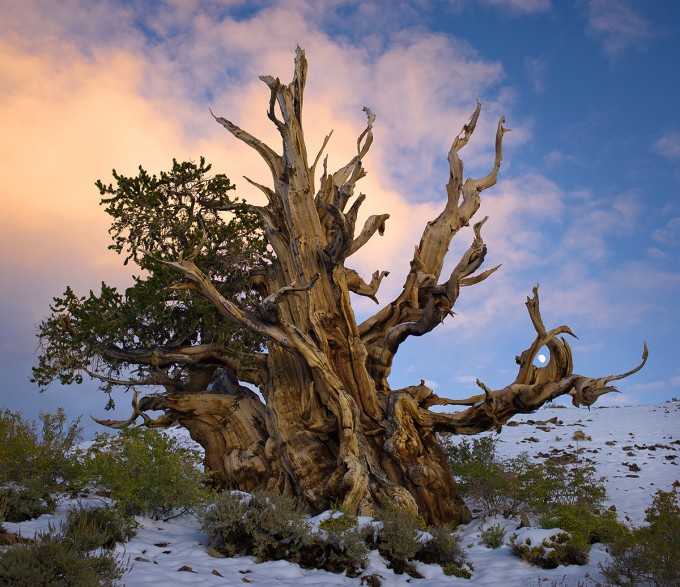
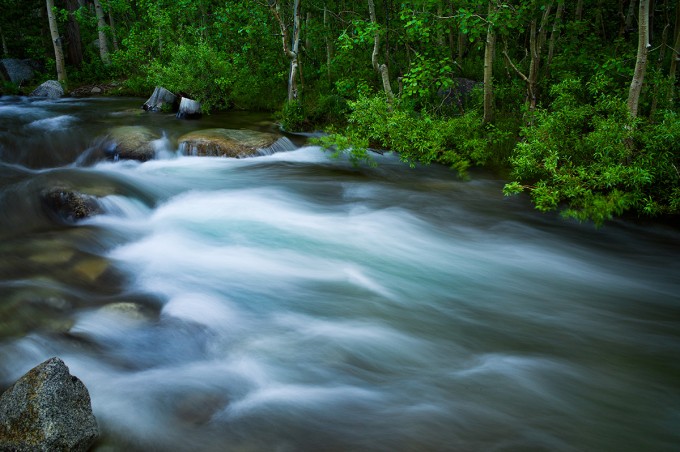
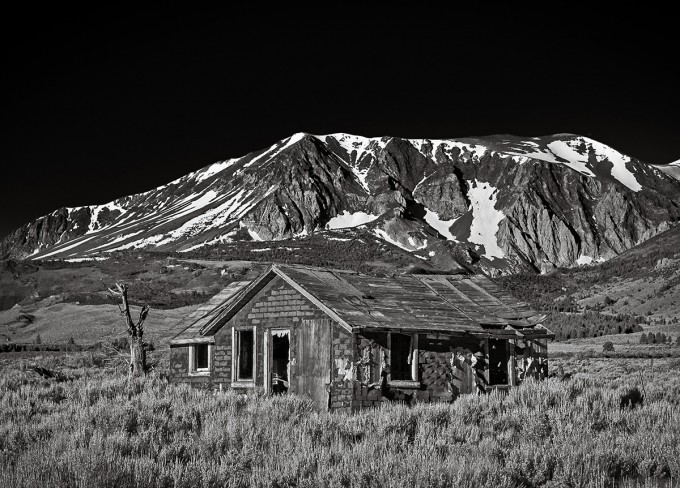
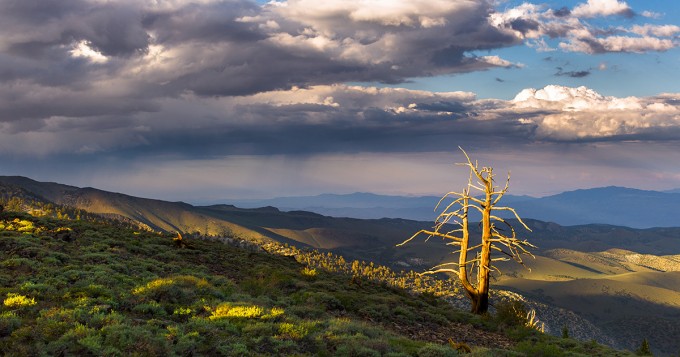
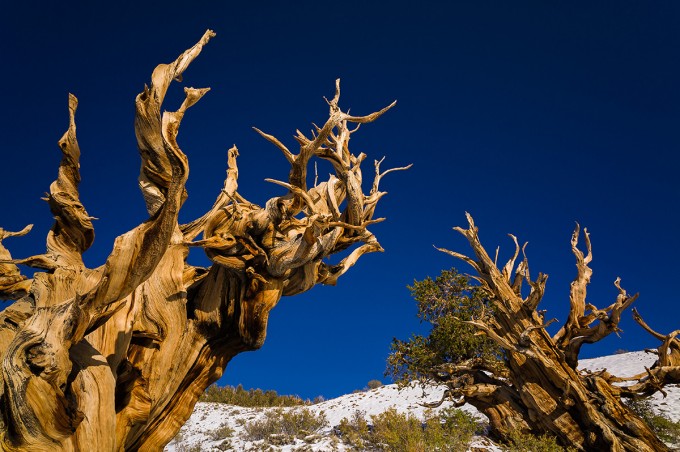
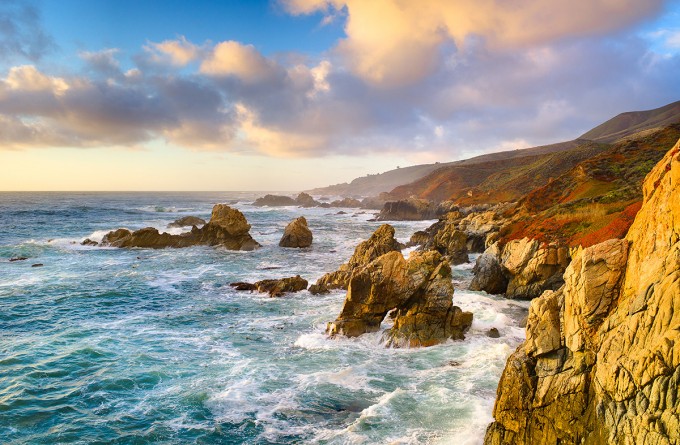
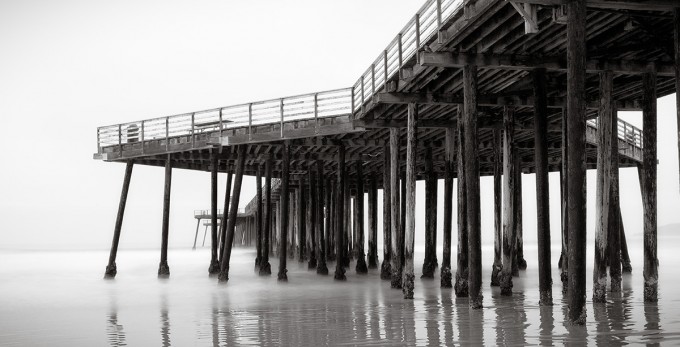
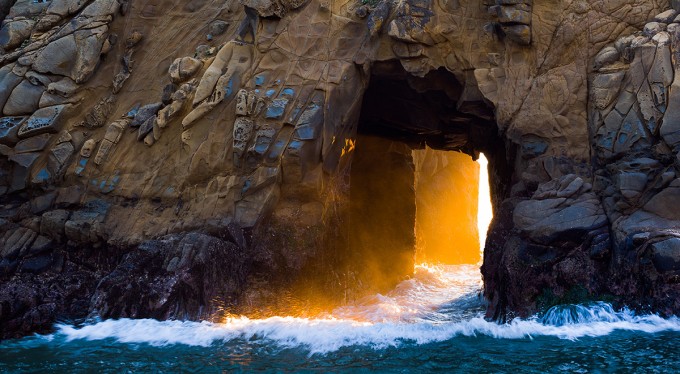


really nice, Arivind!! I am also a huge fan of the 18mm Super Elmar, and the Leica is also a fantastic camera for landscapes as shown in your images!! Keep up the great work!!
amazing photography
All very nice, I particularly like the tree in Summer Storm.
I would love an m9 too, but my D700 and my Zeiss Lenses would need to go to fund it and I shoot a lot of macro as well as landscape, wouldn’t sell my MP or M2 either. Oh well maybe next year.
Amazing series of photos – wish I could afford a M9!
These are excellent images and you’re wonderful photographer. Thanks for sharing. I use the Fuji X10 too and get very nice images but nothing like yours. Keep up the good work. Maybe I will be able to purchase some of your artwork someday.
Howard
awesome shots… well done.
Beautiful work Aravind! Really enjoyed looking at this and the quality of the system really shines in your images.
Hi Aravind,
great shots ! They demonstrate the high potential of the M system AND of the Leica glass,
Matthias
Well, if there is such a thing as a bargain in Leica glass then the 18 Elmar and 28 Elmarit are the two unsung heroes in Leica world. Great post Aravind
Yep I think the 24 Elmar is also a pretty superb little lens. Sure its slow, but for landscape work, its perfect. Super sharp, great colors, very little distortion, no field curvature and very flare resistant. All that in a compact package!
Super! Great inspiration – thanks for sharing.
Rino
The Lonely House image – rarely have I seen black and white so beautiful. Portal very nice, and the Clearing Storm – well it just makes me want to be there. It’s wonderful to see the M9 put to good use. My own landscapes pale in comparison.
Beautiful, in particular I love the little moon between the curved branches, that’s the visual games really good photographers play. Respect!
Well, the colors. Isn’t that always a question of interpretation? Our visual system does a heavy lot of unconscious interpretation work. For instance, our brain loves to interpret physically yellow colors in artificial light as white by using object identification: oh, that’s a sheet of paper – must be white, let’s display it to our conscious Ego as “white”. Brain researchers call this undercover work color constancy. It drives camera makers nearly insane because they have to twist their not so intelligent non-object identifying cameras to produce a “good” white balance based on physical light frequencies.
And just remember ol’ days of film photography. I used to shoot slide films, and when I packed my gear for a trip I had always in mind: Kodak Ektachrome/Elitechrome enhances reds and browns, Fuji Sensia blows up the greens…
Some very nice shots Aravind. I particularly like your color balance and am surprised to read that you think the M9 does well in that department. I have long considered moving to an M9 for landscape work but MOST of the outdoor / landscape shots I have seen from random viewing on the web and from my own experience at a Leica trial event is that a) the WB is off and not always easy to ‘get back’ and b) the reds are blown out big time. When I tried the camera I opened the DNG’s with Lightroom3 and could not tame the reds down to where they weren’t distracting (if the scene had some straight reds in it – I’m not talking about red cast). Do you have any thoughts or comments? ….The very few landscape images that I have seen and liked color wise (other than yours) seemed to have been opened with Aperture3 but I am not a Mac guy and don’t want to change for sake of processing the files from one (expensive) camera.
( I am also not a street / people shooter but conversely LOVE what I see from the M9 for those type of shots…particularly Steve’s work…the Seal concert shots were absolutely awesome which really makes me want this camera but it seems that once you add natures vivid colors Lightroom can’t interpret the camera very well and I conclude I am happier to carry my bigger camera(s))
Cheers from Vancouver!
Indeed very nice photos. You obviously can use the M 9 to its full potential what many M 9 user cannot as the always try to copy HCB and fail trying it.
Went on your block and must say I also liked the EOS 5 D II photos, then went on flickr to see photos with EOS 5 D I (ONE). This could fit in my budget AND all over has the best IQ of what I saw on flickr.
But going from link to link I again was convinced that it is absolutely NOT the camera but the way the photographer uses it.
The longer I am into this hobby the more important the “relationship” man-machine becomes for me. when you can “exclude the tool” and it becomes an extension of your eyes and hands all your focus is on the subject.
One fellow on this web page once replied to me that it is not the IQ of a Leica that attracts him but the way it handles. Now I understand what he ment.
No. Leica is not for me as I need good low light = high ISO capability and zoom. No I am not too lazy to walk but today I shot a ball floating in our pool – how can you get close without getting wet?
BR
Heiner
Great shots thanks for sharing I really think that’s the best thing about Steve’s site is we’re getting all these great points of view for us photo junkies it really helps thanks Steve
I sold my tilt/shift lens awhile back, I ran across DXO and haven’t looked back.
Wish I could say the same. My biggest use for TS-E lenses are for the shift rather than tilt. The 24 is my favorite and I like to level the tripod, then get general framing. At this point the horizon is usually smack in the middle of the frame. I then use shift to refine the composition. I also find it useful if I want to exaggerate the size of a foreground object (by shifting down). Unfortunately these use cases are difficult to accomplish in post (the best you can do is shoot much wider and then crop in post but that costs you resolution).
I bought a M9 last year and spent a week in “Yellowstone National Park” with the M9 and two lens
,28 Elmarit and 90 Elmarit. I left the Canon 5D MKll and all the heavy lens at home.
The M9 performed beautifully and the images are beyond belief. My landscapes shot with the M9
are super.
Unbelievable pics…really good stuff!
Spectacular work!
I especialy love the colours in the first one and the shot entitled light portal! Amazing! 😀
Superb images and I concur with you after moving form the Canon 5DMKII I couldn’t be happier.
Lonely House is wonderful. I love it. I love it !
Nice images. Nothing beats the M9 when it comes to color rendition.
Great images and atmosphere in your blog.
Ernesto
Wonderful images with superb detail. Couldn’t pick a favorite. Well done.
Very nice ! Excellent images and a realistic and modest writeup. Thank You !
Thanks for the post! I have been looking at your blog and those images you have posted are truly fantastic!!! I don’t know whether I like your landscapes more or your wildlife photos :-). Late last year, I was on the verge of purchasing the M9 but instead settled for the Canon 5D2 mainly due to the lack of availability of the Leica lenses. How long did you have to wait to acquire your lenses?
It took me a few months to get all the lenses I wanted. Fortunately I bought the M9 with a couple of lenses to tide me over. I bought a couple of them used, but the ones I bought new I got from Precision Camera in Texas (ask for Ian) with the longest wait (for the Noctilux) being less than 2 months.
Very good shots!! Especially the “Clearing Storm over the California Coast” – gorgeous colors.
Am I the only one who noticed these were all shot at ISO 160? It gives the cleanest files, for sure…but it requires a lot of available light for shots faster than 1/250 sec (which is usually required to fight unwanted hand shake when not using a tripod).
Thanks Eric. Yep, for landscape work I keep the M9 at ISO 100. Only 3 images were shot on a tripod (River Rushes, Pismo Pier, and Light Portal), the rest were done handheld. I find that I can usually get critically sharp images (basically good enough to get printed at 24×36) handheld with the 35 Summilux down at around 1/50s and maybe 1/30s if I’m lucky.
Great shots! I especially like the light portal one
I’m also interested in outdoor / landscape shots as in Canada we have lots of that. An elmarit 28mm might be in my future !
Thanks. I know the beauty of the Canadian landscape as I’m from Canada myself (grew up in Alberta, went to school in Ontario).
The Elmarit 28 is a little gem in Leica’s lineup. So tiny it takes up barely any room but stop it down and its sharp across the frame and has very pleasant colors.
Very interesting post and nice pictures. The first one is my favorite: Perfect moment when the two crossing branches catch the moon.
Thank you for sharing!
Good article and pictures. I plan on using the Fuji X-Pro1 for landscapes, with an adapted perspective control lens.
I think X-Pro1 will make superb landscape images and all in a much cheaper package too.
can i ask whether you used any hdr in these pictures….just the detail is amazing. i had a summilux 50mm asph and loved the micro contrast but didn’t like the stiffness of having too much glass….difficult if you like candid shots, reportage type so plumbed for the summicron. much more user friendly and superb on portraits…still 3d pop etc.
The only image that was done with multiple exposures was “Clearing Storm over the California Coast”, the rest were single exposures. “Summer Storm” had a bunch of local tonal work which I did very quickly with the new tonal adjustment sliders on the brushes in Lightroom 4 Beta.
If you think the 50 Summilux is too much glass, try shooting with the 50 Noctilux 🙂
The 50 Summicron was one of the first lenses I got with the M9 which I replaced with the Summilux. I have to admit, I do miss the tiny size and superb optics of the Summicron at times and have considered adding it back to my kit.
wow….that is clarity! noctilux if only…still getting over selling the summilux but actually am very happy with summicron. now saving up for summicron asph 35mm
great post! thanks for sharing your excellent images and your experiences with the M system. I too use it for landscape having switched from Canon gear and I am pleased with the change. I use a B&W ‘big stopper’ (10 stop ND filter) on my 28mm with step-down rings to get long exposures. A great advantage of the M system is that I can still see through the rangefinder to frame and focus, whereas an SLR would have problems with this level of density:)
If I want to go wider than 28mm or I need AF or long focal lengths, (as I do travel work too) I will supplement the M system with a variety of compact system cameras, I haven’t settled on one yet but the M43 offers the best prime lenses
Thanks Neil. I’ll be doing some traveling in Europe in a few months and the M9 is definitely coming with me. I’ve been looking at getting a competent high quality P&S to satisfy the AF, convenience of a zoom needs. So far the Fuji X10 is the leading contender.
Aravind, I am a budding novice photographer, wanting to do more and learn more of photography. I had a very early preorder in for the Sony NEX-7 – but we all know that did not happen. We needed a camera and my wife wanted one she could operate as well. As soon as the X-10 was announced, I bought one at my local camera shop. It is a huge step up from my old Canon P&S POS. I just returned from a ski trip to Steamboat and the small form factor and over all quality of X10 really showed through. I’ve been thinking about putting together a few pictures to share with Steve. As they say the best camera is the one that you have with you. I know I am not getting the most out of the X10 yet but I plan to start to shoot raw and start to learn the post processing aspects of lightroom. I skied all day with the X10 around my neck and never noticed it. Some of my favorite pics from the last few months can be seen here: https://picasaweb.google.com/105063122150605619074/FavoritesFromTheX10?authuser=0&authkey=Gv1sRgCLXq8qPdu_XIUw&feat=directlink
These are all out of camera jpegs.
Thanks for sharing your images. I am pretty much sold on the X10. The “white orb” issue is a little disconcerting and so thats about the only thing holding me back (if Fuji announced a firmware fix, I’d get one right away).
Well said! You know I always admire the power of leica by putting so much effort in their lenses
. Know I can see why..the glass is essence the holy Grail for all photographers. An the end what
Matters is the pictures straight out the camera. Leica knows how!: I own Nikon and the past I was shooting Canon gear plus their beautiful l glass lenses. Still no close to leica. Leica is like diamonds n.no wonder this guy is getting beautiful images. Is leica.
Gorgeous.
As i cannot afford a M9 and lenses
Would it possible for you to test something please on such locations and light.
Iso 100-400 : M9 + 28 & 35 with Sigma DP1 & DP2.
Since you cannot afford an M9 then why is this comparison necessary? Just buy a DP1 and/or DP2. They are great little cameras.
beware, those sigma are great little cameras, but not for people who’re undecided about an M9. they’d better go with a m43, instead. 😉
my experience with my DP2x is love/hate. the picture quality can be sooooo good, better than most standard DSLRs, but the sensor’s noise at low-light makes me through that thing against a wall.
I’ve seen amazing pictures beyond my highest expectations made with it and it’s small, light, well made (metal), has a superb lens and easy User Interface, easy for manual setup/focus, the AF is soso, the flash is crap.
I won’t sell it that quick, but send it to SIGMA for a check/adjustment, as I believe mine’s worse than the average.
Gracias amigos.
I was hoping to draw attention (which i guess was a bit too obvious and i apologise for that)
though the iq of M9 & more specifically its lenses are praised.
For landscapes in decent light iso100-400 Sigma DP1, DP2 can rival M9 and best of leica 28mm, 35mm for look and feel (though not detail).
Thus for anyone looking longingly at Leica landscape photos yet unable to afford M9 & 28,35
there is a much more affordable to way to arrive at that look and feel.
http://sigma-dp.com/DP-Merrill/#!/concept
Sigma have just announced DP1M (28mm f2.8) DP2M (45mm f2.8) with SD1 sensor.
This is the 15MP which translates to approx 30MP Bayer pixels (not the 45MP stated on Sigma’s marketing).
Thus detail for landscapes is all there.
A wonderful way to get Leica M9 + Leica 28 elmar, 50mm lux IQ look and feel.